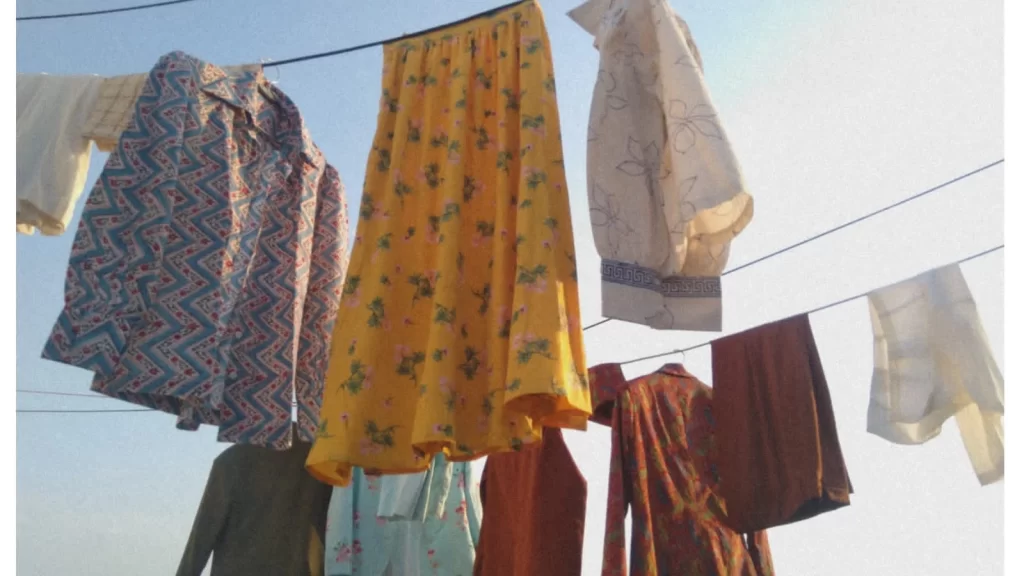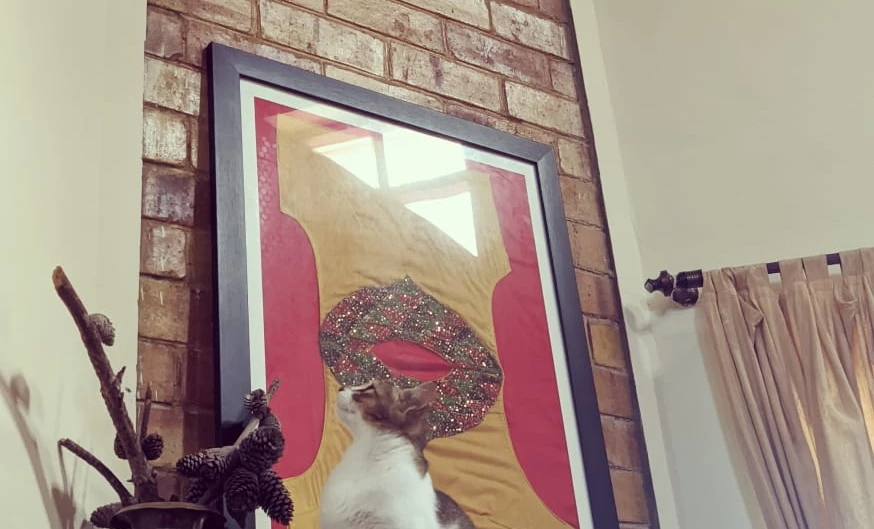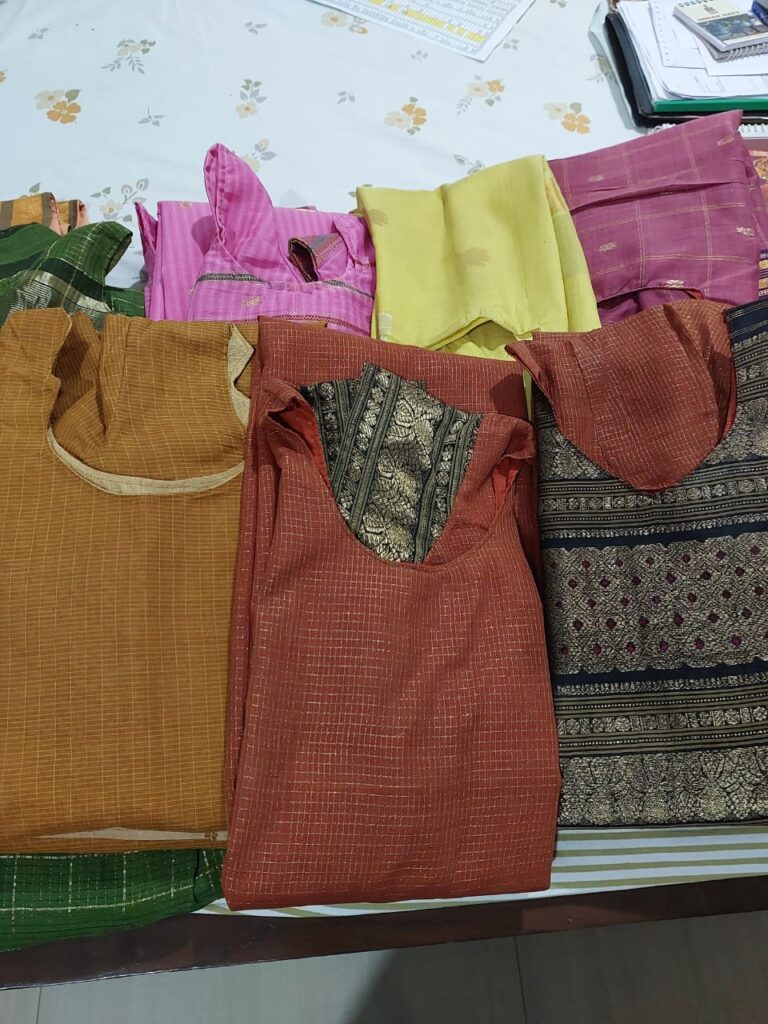Handmade Minimalism

Anjali Gupta has a closet full of tailor-made pant suits, in a variety of colours and cuts, perfectly fitted to her size and shape.
Most of us, in India, are familiar with the local tailor. Our go-to person, for a better fit—a nip here and a tuck there—or for the exact specifications for a design we’ve been lusting after, at a reasonable price, especially for our festive or wedding finery. But are tailor-made clothes inherently sustainable? Most tailors in our country live on the margins of society, often below poverty line. The common perception is that tailor-made clothing should be cheap, and if a tailor is charging us more than the average, they are ‘fleecing’ the customer, an idea that doesn’t take into account the time, effort and skill invested in creating the garment. Nor does it account for cost of living and inflation. Another issue with tailor-made clothing is the discards from the cuttings. With lack of education and awareness, as also the paucity of time for a tailor who needs to take up as much work as possible, to make ends meet, and with no instruction to the contrary from the customer, these scraps of fabric ultimately end up in landfills.
So how can we, as customers, ensure sustainability with tailor-made clothing? We spoke to Anjali Gupta, a 26-year-old Delhi-based content creator who, over the last three years, has been working on building a sustainable closet with tailor-made clothing. “I love fashion,
I love clothes,” says Anjali. “But I decided mine had to be made mindfully.”
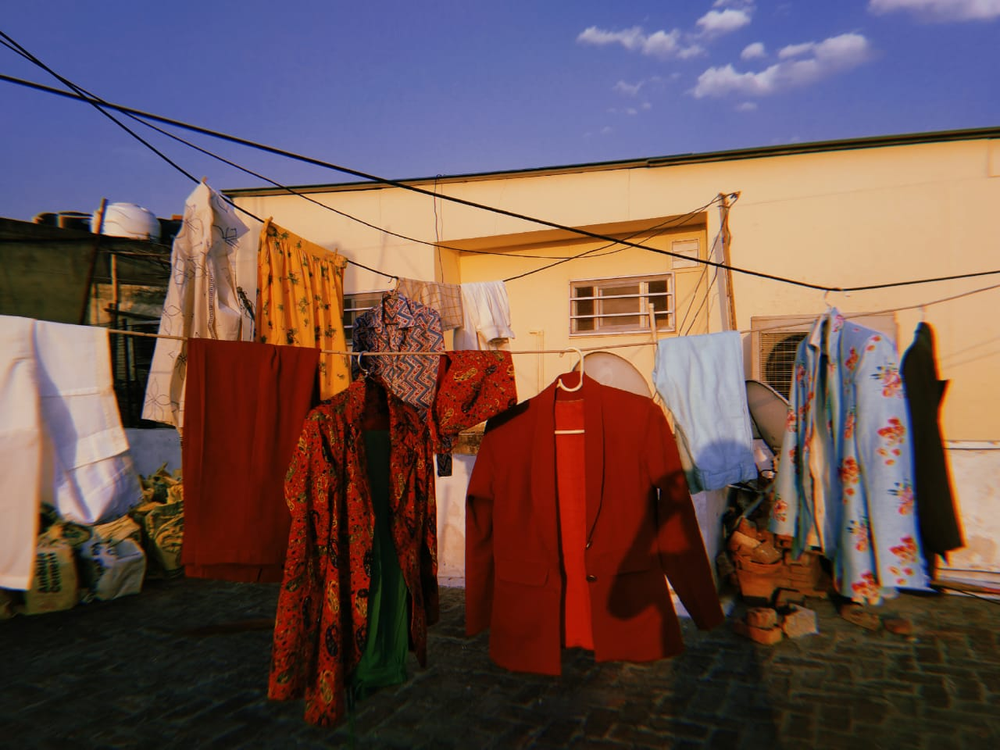
It all began while Anjali was looking for traditional Indian clothing, for her best friend’s wedding. “At just five feet tall, trying to find clothes that fit both, my aesthetic and my size, was like looking for a needle in a haystack,” she says. Fortunately for Anjali, she found Mantu Prajapati or Mantuji as he’s better known, a tailor in her neighbourhood, who created some gorgeous outfits she wore to the wedding. “I was hooked,” she says. “I started buying my own fabrics and getting all my clothes stitched from him.” Anjali shared with us her most important learnings.
‘Build a rapport’
Over the course of her many visits to Mantuji, Anjali’s conversations with him have helped her develop an equation with him. “It helps that he and I belong to the same city in Bihar, and we are able to converse in our own language,” she says. “I know his entire story, and his pain points. It has helped build an empathetic relationship between us.” The end result is two people doing business with a lot of humanity. Each understands what the other is looking for, in that simple act of stitching a new garment.
‘Patience is key’
Of course, a seemingly easier thing to do would be to just buy from a sustainable brand. But as Anjali discovered, finding something to fit everything, your size, style and budget can be a huge ask. “Every time I’ve found something I’ve liked, it’s been way beyond what I can afford to pay,” she says. Anjali found tailoring to bridge that gap style, affordability and sustainability. “I get why clothes from sustainable brands are as expensive as they are, but when I get things tailored, I know where my money is going,” she elaborates. “But this way, I’m assured that I’m paying fair wages, and I know exactly where my money is going.” But it’s a time-consuming process. “I regularly see things online and want more,” she admits. “Who doesn’t want instant gratification! But when you’re working with a tailor, there are several steps involved, right from buying the fabric, to thinking of a design. And it’s not necessary the tailor is going to be instantly available for you—he’s a single person, doing all the work! But you can be assured you will get exactly what you set out to own.” Oh, and it also cuts down on the hassle of backs and forths, deliveries and returns.
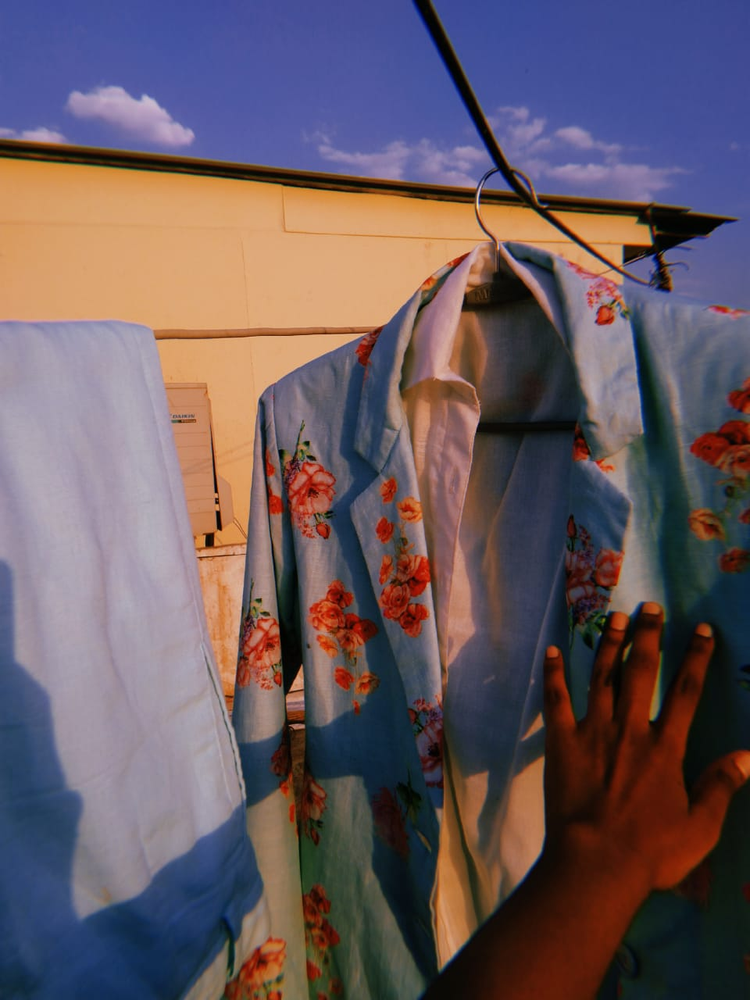
‘Pay fair wages’
A friend of Anjali’s was working on an article on the work environment and working conditions for a fast fashion brand. “When she told me about some of her discoveries, I was shocked,” says Anjali. “The working conditions of the garment workers are so saddening. For example, a person responsible for cutting the fabric does just that from morning to evening, in a packed room with bad lighting.” Anjali knew then, she had to make a change, at least on her part. She ensures she pays fair wages to Mantuji. “I know that Mantuji’s brother passed away recently, and he has a lot of responsibilities on his shoulders,” she adds. “The best way I can help is by paying him fair wages, so the effort he puts into my clothes bears fruit for him.” She pays him Rs 3,000 for a pant suit and she knows it’s all for him—the money doesn’t get divided between people. “I don’t bargain, I trust him,” she says. “I know he is providing me quality clothing at the best possible price.”
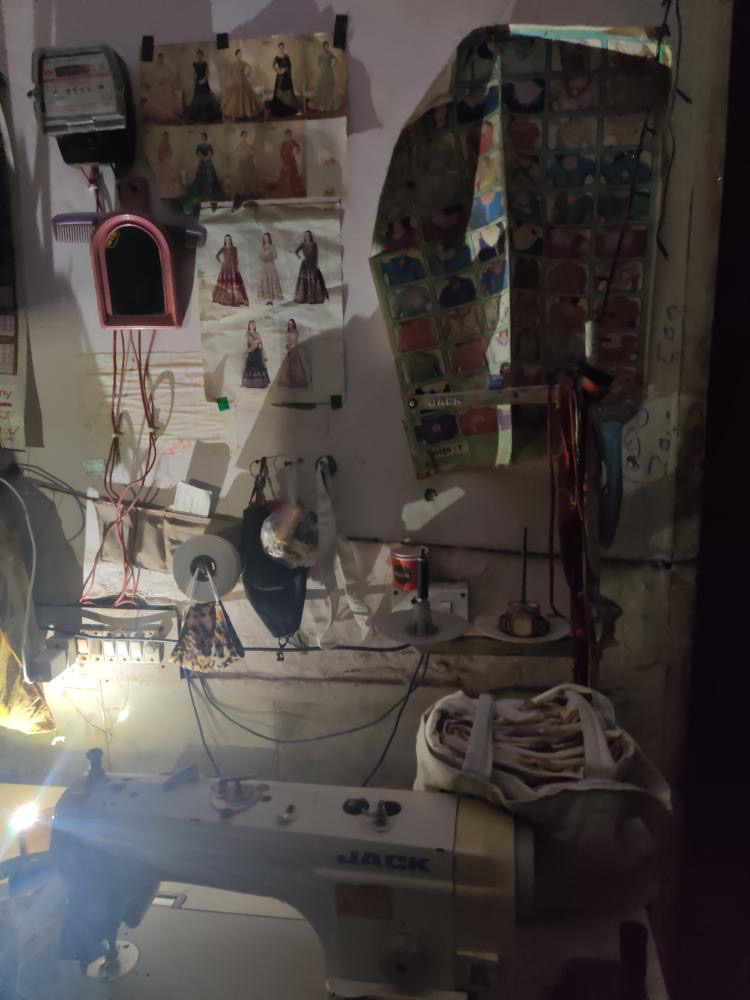
‘Provide sustained business’
“Mantuji earns about Rs 40,000 a month, give and take some, with Rs 14,000 that goes straight towards his house rent,” Anjali elaborates. “During the pandemic, in spite of not living or working in Delhi, he had to pay this rent.” And this is where being a regular client comes in. Your tailor has to be able to count on you for work, and in times of need. “I’ve referred Mantuji to at least seven of my friends,” says Anjali. “One of them wants to start her own furnishing line, and has decided she’ll be working with him.” In fact, Anjali has gotten Mantuji so much work, he now gives her a special discount for work she gets him.
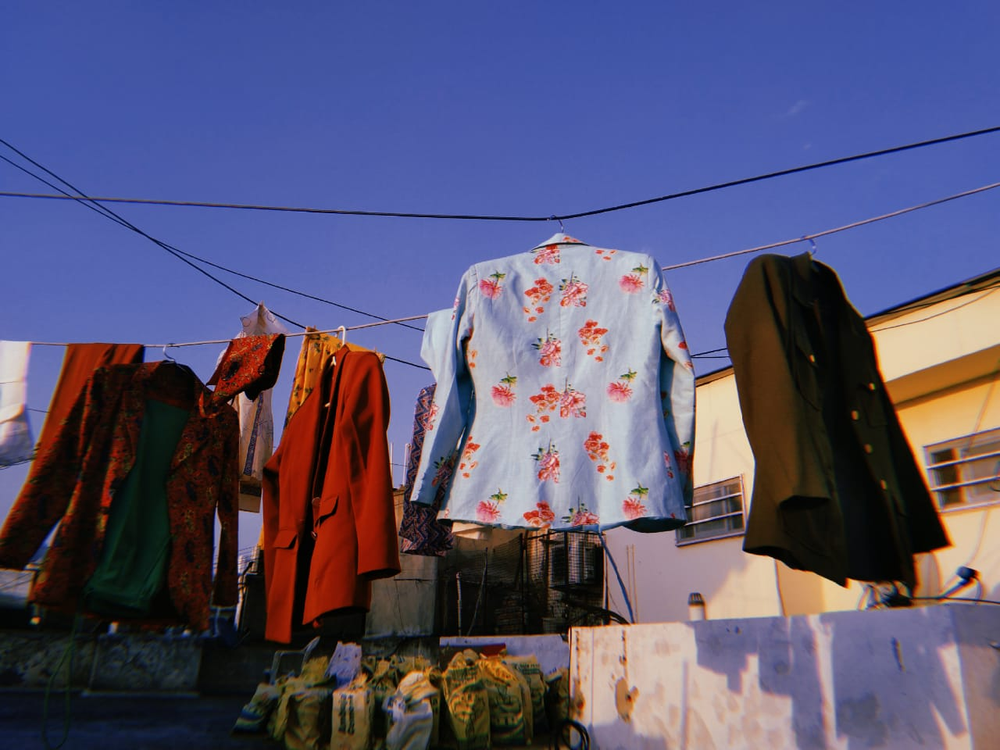
‘Up the game’
While it’s easy to fall into a rut once you figure out your tailor’s comfort zone, but the real fun lies in raising the bar—for both, you and your tailor, who is bound to enjoy a chance to show off their skills and even learn new ones. “Over the two years that Mantuji has been stitching pantsuits for me, I’ve noticed his stitching and marketing techniques, both, change a lot, and it’s getting him a lot of work,” reveals Anjali. Mantuji, who used to earlier work with a designer and struck out independently once the designer moved to Canada, now displays Anjali’s suits on a mannequin for his customers to see. “Of late, he has been getting a large number of order for blazers, due to this tactic.” This is an exciting development for Anjali as well as Mantuji, who has found a niche for himself in a space he had previously not ventured into. And as Mantuji gets more comfortable with suits, he’s pushing the envelope to try out newer styles for Anjali. A total win, for everyone!

